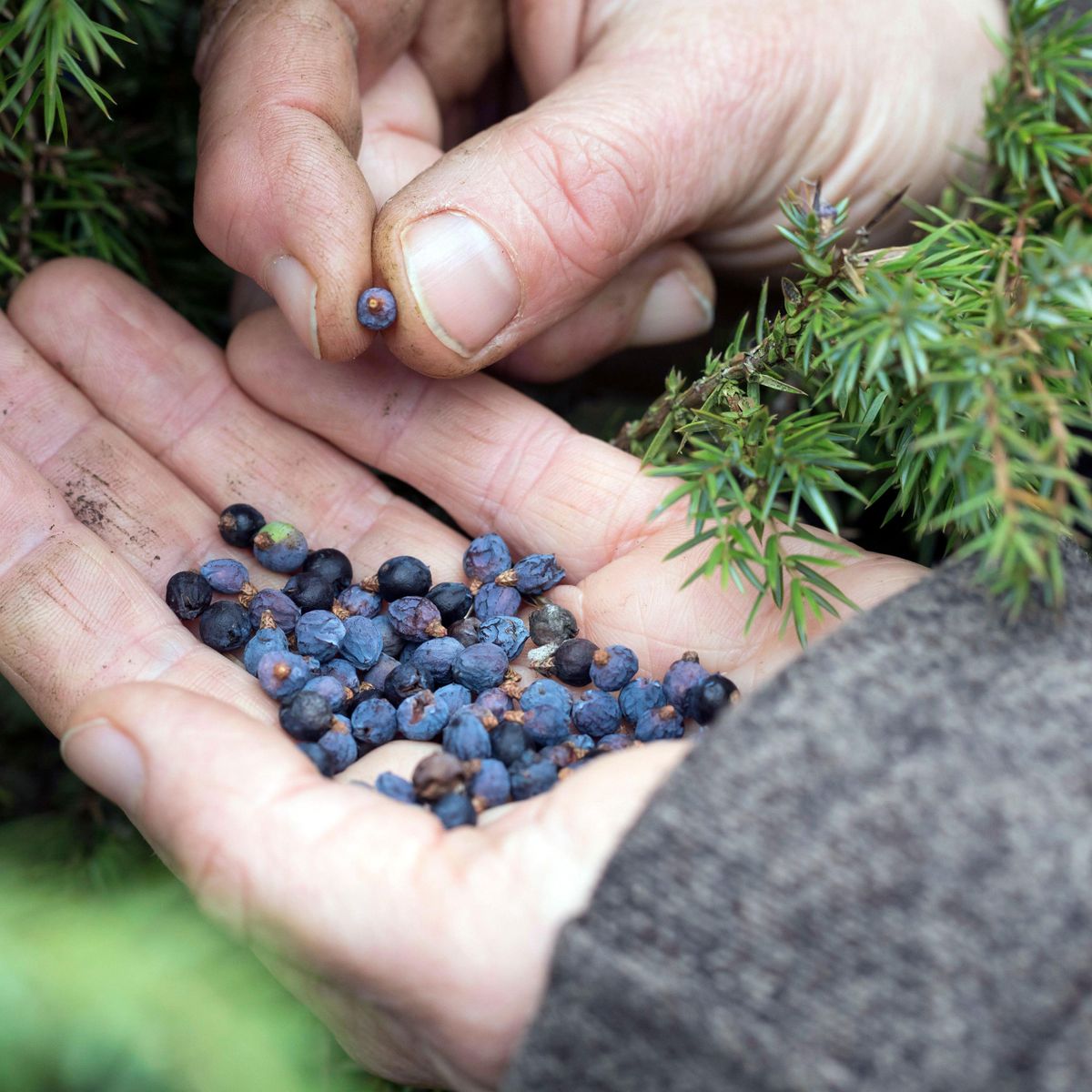What are shallots? Are they wee little onions? Funny-looking garlic? Neither! Shallots are prized in the kitchen for their mild flavor and smooth texture. Learn how to plant shallots (in late fall or early spring) with our growing guide.
About Shallots
Shallots are members of the Allium genus, just like onions, leeks, and garlic. The bulbs grow in a manner more similar to onions but look closer to garlic, growing in clusters.
Small in size with papery, copper-pink skin, shallots are a staple for your kitchen and a tasty addition to many dishes. Shallots break down and caramelize more easily than onions, producing smoother textures and more velvety sauces.
Learning to grow shallots expands your options from the typical sparse selection in the grocery store, and they’ll keep for months. There are three main varieties of shallots: French gray, Jersey (sometimes called pink), and Echalion. Of course, you’ll also find yellow shallots, banana shallots, and many others.
How Shallots Grow
A biennial, shallots will make a bulb one year, then flower and seed the next. While most gardeners grow them from sets, similar to onions, they also grow from seed. Shallots grown from sets usually produce between four and 12 new bulbs, while those grown from seed often produce only one. However, many varieties are available that will produce one larger shallot bulb instead of several small ones, which can be easier to use in the kitchen.
Shallots, like onions, are day-length sensitive. They grow best in areas suitable for growing long-day onions, generally in the northern half of the country. Gardeners in the South may find trouble getting them to bulb when grown from sets. Breeders have developed day-neutral shallots, which are worth looking into for gardeners in the country’s southern half.










